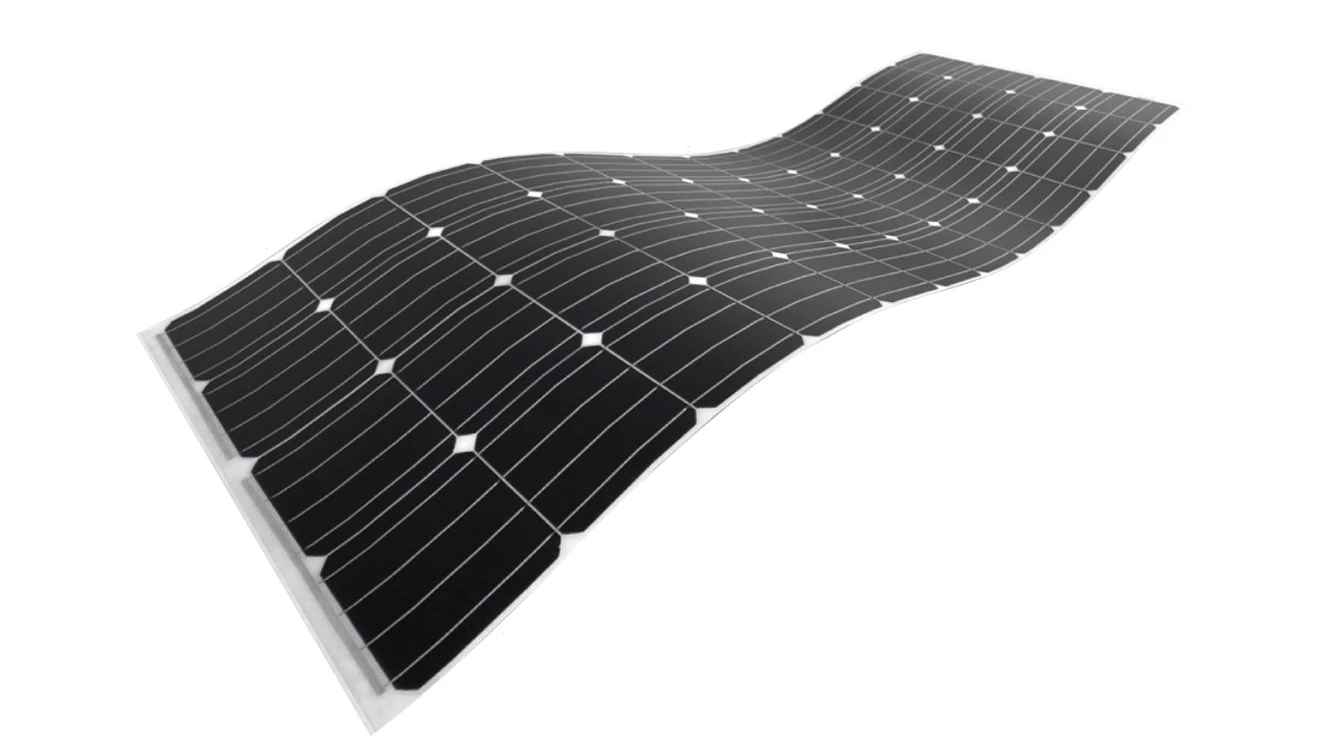The Australian National Maritime Museum has installed the country's largest lightweight solar panel roof on its Wharf 7 Heritage Centre in Sydney's Darling Harbor. By using flexible, glass-free solar panels designed by Dr. Zhengrong Shi of SunMan Energy, buildings which previously were considered unsuitable for solar panels can now take part in the renewable energy revolution.
Dr. Shi's flexible and lightweight solar panel design, called eArche, opens up a whole new marketplace which the traditional solar panel industry has been unable to tackle to date. While the broad expanses atop many factories, warehouses and similar buildings may seem ideal for solar panels, these light, metal-skinned roofs generally don't have the structural integrity to support the weight of traditional solar panels.
The Australian National Maritime Museum spent years looking for a viable solar solution for its buildings, but traditional panels simply weren't an option. Eventually, the museum came across SunMan's eArche, a 5.5-kg (12-lb), glass-free, thin and flexible panel, which – despite being around 70 percent lighter – had the same power out as heavy, conventional panels. The end result is a 235-kilowatt, 812-panel, rooftop solar installation, which has enabled the museum to offset almost 25 percent of the electricity consumption for the Wharf 7 Heritage Centre.
"When I developed eArche I knew it could unlock the potential for solar on buildings which were previously unable to support conventional glass solar panels," says Dr. Shi. "eArche innovations such as its light weight, flexibility, high performance and competitive costs, means that solar can now be applied to any building design."

Dr. Shi has a long history in the solar industry, both in Australia where he earned his PhD and in China. Shi was an early solar innovator and leveraged his know-how to become one of the first solar billionaires, earning him the nickname, the Sun King. However, his business Suntech – at one time the world's biggest solar panel producer – folded due to expansion problems, and the fortune was lost.
Still, the good doctor persisted with his vision, began two new businesses – Sunman Energy in China, and Energus in Australia – and eventually developed his unique, lightweight, glass-free, flexible eArche solar panel.
The eArche panel gets its versatility from the fact that it ditches glass for crystalline silicon solar cells which can be applied to various substrates, down to 2 mm thick. The panels come in standard configurations – 60 to 100 cells per sheet – but can also be shaped to suit specific applications. Depending on the design, the number of cells and the substrate and frame options, these panels weigh in at an impressively lean 2.4 kg up to around 8.2 kg (5.3 - 18 lb). Comparative traditional glass solar panels, with similar output can weigh 20 kg (44 lb) or more. In addition, the eArche can be made semi-transparent, which will be of interest to many an architect frustrated by big, black panels all over their creations.
"This solar technology, created by SunMan, is an innovative and versatile alternative that can help to incorporate solar into more buildings, making solar a key part of the building process, and allowing solar to be installed on curved surfaces or heritage buildings," says Darren Miller, CEO of the Australian Renewable Energy Agency. "The Southern Cross Renewable Energy Fund supports innovative companies and challenges entrepreneurs to think outside the box and SunMan has achieved this."






